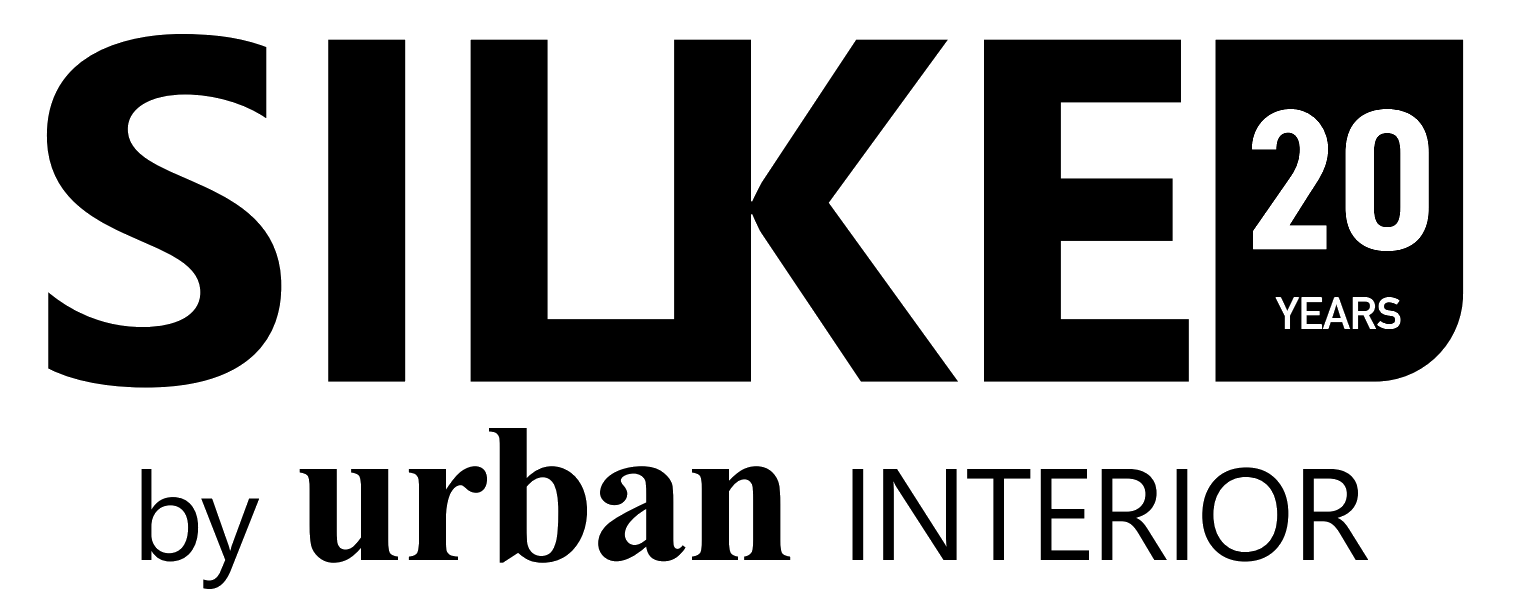First, a bit of context; Shabbat (meaning “rest” or “cessation”) is the traditional day of rest in Judaism, and is recognised largely by followers of the Jewish faith, or certain Christian offshoots like the Seventh-day Adventists and Seventh Day Baptists. Observers of Shabbat recognise it specifically in reference to the Biblical creation of the world over the course of six days, and thus treat the Shabbat as a day of rest to rigorous degrees. The Shabbat is observed, according to Halakha (traditional Jewish law), a few minutes before Sunset on Friday until the appearance of three stars on Saturday evening.
Likewise according to Halakha, most forms of labour or creative activity are prohibited on the Shabbat; interpretation and extent of this rule will vary on the practicer, but it can potentially apply to starting a fire, cooking food, even operating electric equipment. This is where Shabbat Mode functionality comes in.
At it’s most basic, Shabbat Mode on an appliance overrides the usual functions and operations to allow for it’s use on Shabbat, or holidays with similar rules and practises. What Shabbat Mode entails will depend on the appliance, and all those interested in keeping kosher kitchens need to ensure this meets their specific needs.
Firstly, there’s food preparation and oven operation. According to Halakha, raw food may not be cooked on Shabbat, but food that is already cooked may be kept warm until mealtime. Specifically, it’s the turning on or adjusting of the heat that is itself prohibited in many interpretations of the law.

